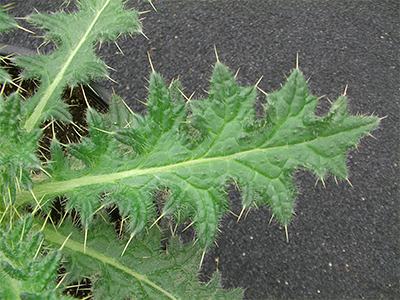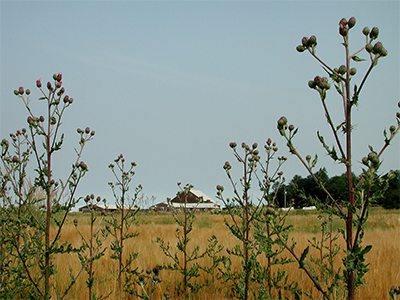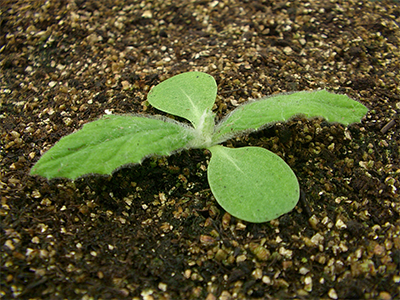
Go Back
- Products & Solutions
- Crops
- Offers
-
Resources
-
About Corteva
Newsroom
Get the latest news, events and insights from Corteva







